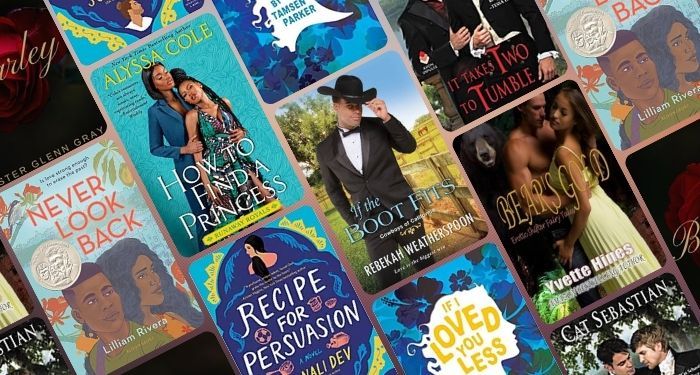
A More Inclusive Happy Ending: Romance Novels That Diversify the Classics
The stories that are retold in our societies and cultures are often revisited and remembered because they connect with us in some way. Some part of the journey, cast of characters, or ending resonates with audiences over many different time periods and places.
Romance is a genre built for retelling stories. Much like a classic tale full of characters and plot points we’ve known for as long as we can remember, there’s a predictable pattern for most romance novels — a framework within which an author is working. In both a retold story and a conventional romance, what makes the story creative and unique is how an author or storyteller works within the structure set for them. In the best cases, a writer keeps the core elements and builds out the story, bringing their own take and talent to something familiar.
One of the ways romance authors have done this is through broadening the representation in the settings, characters, and circumstances in classic stories. In reimagining classic pairings as same sex couples or recasting the well-known fairytales without the petite white princesses from the Disney versions, romance authors let more of us see ourselves as a part of treasured stories. A Cinderella story resonates for a different audience when the princess-to-be is a plus-sized Black woman in Hollywood. The lessons learned by Jane Austen’s meddling Emma translate in a new way when the main character lives on a Hawaiian beach and the object of her affection is another woman.
At its best, the romance genre is a place where all kinds of people are a part of love stories and happy endings, and that broad representation is especially important when the stories are ones that we tell and retell over centuries and across cultures. Romances are inherently stories of love and hope, and these retellings are some of the ones that demonstrate that telling a more inclusive version of a classic story makes it even more worthy of a new audience.
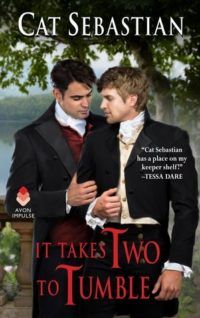
It Takes Two to Tumble by Cat Sebastian
Stories that become pop culture canon play just as important a role in books and retellings as those that are considered literary canon, and The Sound of Music has to rank pretty high on the list of stories that have become culturally embedded. Even if you don’t know all of the words to “My Favorite Things” or can’t name all seven of the Von Trapp children, there’s a good chance you know something about the musical (which was itself a retelling of a true story). In It Takes Two to Tumble, Sebastian makes some significant changes to the setting and circumstances, but the key elements — a grieving sea captain who is overwhelmed by his new role as a single parent, and the kind young vicar who comes to the rescue — clearly tie this M/M version of the story to the classic. It Takes Two to Tumble might feature less singing, but you’ll find at least as many feelings as in the Julie Andrews and Christopher Plummer version.

Recipe for Persuasion by Sonali Dev
Jane Austen’s novels make for excellent romance retellings, and several romance authors have retold her stories of complicated circumstances, complicated families, and complicated feelings. Sonali Dev’s series focused on the Raje family takes all of Austen’s relationship drama to California, and Recipe for Persuasion — a retelling of Persuasion — comes with a heavy dose of managing trauma as well. Ashna is an Indian American chef reluctantly competing in a reality television show, and Rico is the soccer star she’s partnered with on the cooking show. True to the source material, the two have a complicated and heartbreaking history. Dev brings Indian culture — and lots of Indian food — to this emotional rollercoaster of a retelling, and she’s such a masterful storyteller that you might start considering her version a classic in its own right.

How to Find a Princess by Alyssa Cole
Even if you’re not especially familiar with the story of Anastasia Nikolaevna of Russia, the daughter of Tsar Nicholas II who was rumored to have survived the attack in which the rest of her family was killed, tales of average girls and women who’ve turned out to be royalty litter the public consciousness. How To Find a Princess twists the familiar by making Makeda a woman who has no interest in the role, and paring her with Beznaria, a royal security official and “rescuer of damsels in distress” who desperately needs her to claim the title. With comedy and heart, Cole retells the story of the search for a lost princess as an enemies to lovers road trip romance for the ages.

If I Loved You Less by Tamsen Parker
You’ll find stand-ins for all of your favorite characters from Emma (or, for a certain generation, perhaps Clueless) in this Kauai-based retelling of Jane Austen’s classic. You’re likely to also recognize many of Emma’s most frustrating qualities in Theo, a surfer with an overly generous view of her own match-making skills. But there are plenty of updates and upgrades to the story, including the fact that queerness is not unusual and heterosexuality is not assumed — and that’s the kind of Emma retelling we need.

If The Boot Fits by Rebekah Weatherspoon
This Cinderella story — part of Rebekah Weatherspoon’s series of fairytale retellings — starts not with a shoe left behind after an epic night of dancing, but with an Oscar that’s accidentally stolen after an epic one-night stand. But since this is romance, of course one night becomes more nights…and more days. Instead of dealing with a stepmother and sisters, Amanda is stuck in a job with an emotionally and verbally abusive boss, and Sam is the prince of Hollywood as opposed to ruling from an enchanted castle, but the most satisfying elements of the Cinderella story — seeing a talented, hardworking woman get her due and her happy ending — come through in full force.
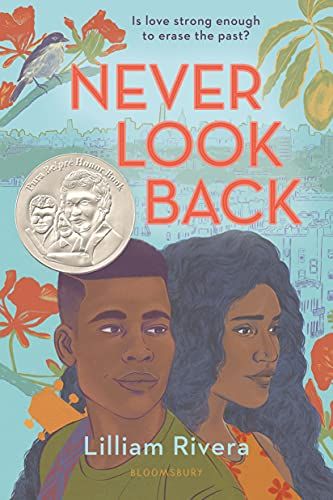
Never Look Back by Lilliam Rivera
Set in the modern-day Bronx, this YA retelling of Orpheus and Eurydice features an Afro-Latino teenage guitar player named Pheus, and Eury, the new girl in the neighborhood who is struggling with both trauma from her experience surviving Hurricane Maria and — more urgently — the evil spirit who has haunted her since childhood. Lilliam Rivera captures the intensity and high stakes of the classic story while expanding it to include settings and circumstances that feel more relatable to a modern audience. And in case you’re concerned that the classic myth of Orpheus and Eurydice isn’t one that naturally lends itself to a genre that requires a happy ending, don’t worry — Rivera manages to twist the ending of the story in a way that feels both true to the original tale and also appropriate for a modern romance version.
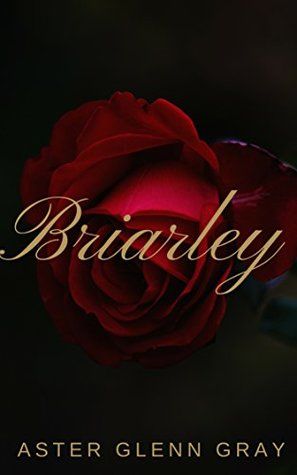
Briarley by Aster Glenn Gray
In some ways, Briarley feels more like a fairytale than the Beauty and the Beast story with which many of us are most familiar (you know the one — singing tea pots, enchanted rose, yellow ball gown, etc.). One stormy night in 1940, an English parson comes upon an enchanted castle. Planning to pick a rose for his daughter, he ends up tasked with teaching a dragon how to love. Briarley’s gentle and charming story about the love that builds between the kind parson and the cursed, frustrated dragon might seem a bit unusual, but the relationship feels deeply genuine. Gray’s queer retelling of a classic story expands how we think about what is beautiful, what is beastly, and who deserves a happy ending.
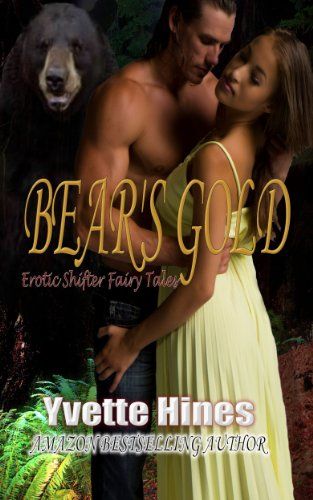
Bear’s Gold by Yvette Hines
There’s a certain kind of reader that wouldn’t need to hear anything about this book other than “Goldilocks and the three bears but make it sexy. INCREDIBLY sexy.” For those who need a little more information, Bear’s Gold is an interracial shifter romance that’s full of bear puns. When Riley Gold, a woman on the run from her ex-boyfriend, gets stuck with car trouble on a stormy night, she winds up at Theo Kodiak’s house. She stays over and has some decisions to make when she finds out that Theo and his two young sons are bear shifters. Bear’s Gold takes a children’s story about a little girl without a concept of stranger danger and makes it into a (very) adult story about a woman reclaiming her life and path to love and passion.
The stories we tell — and especially the ones we retell — play an important role in building our larger social history. That’s part of the reason that the way we tell those stories matters so much. Our culture can’t be fully represented in that history unless the books we’re reading and writing include happy endings for everyone.
Also In This Story Stream
- Why Romance Will Never Stop Retelling Cinderella and Beauty and the Beast
- The Best Gender-Flipped Retellings
- Retellings That Haven’t Happened But Should
- Retellings Keep the Classics Relevant
- At the Heart of the Tale: What Makes Stories Poised for Retelling
- How ELLA ENCHANTED by Gail Carson Levine Helped Teach Me to Read
- Retellings of Asian Myths, Epics, and Folklore
- Dark Retellings of Children’s Classics
- Why Retellings of Classics From Authors of Color and Queer Authors Matter












